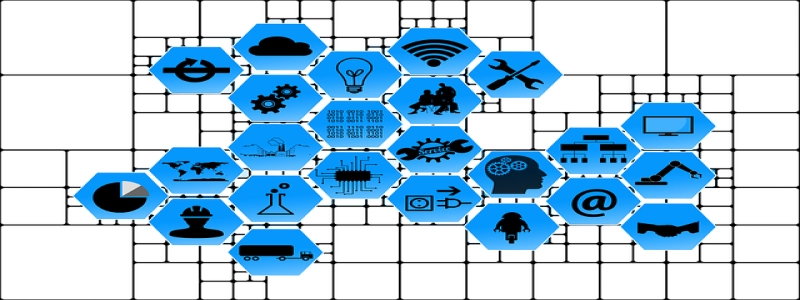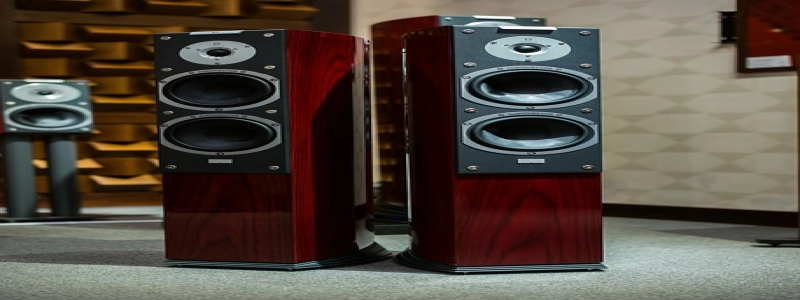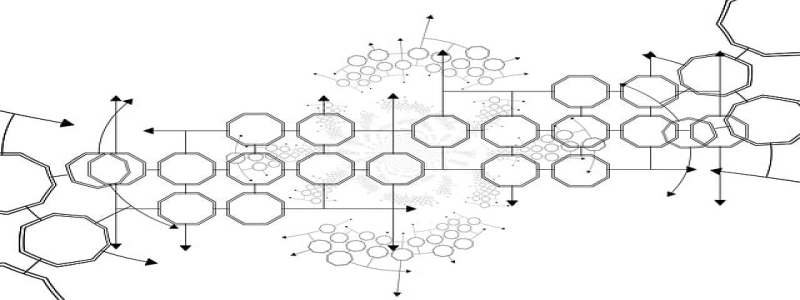Ethernet Cable CAT 5 vs CAT 6
Johdanto:
Ethernet cables are essential for networking and connecting devices in our modern world. Two popular options are CAT 5 and CAT 6 cables. While they may look similar, there are significant differences in terms of performance and capabilities. Tässä artikkelissa, we will explore the differences between CAT 5 and CAT 6 cables and help you determine which one suits your needs better.
minä. CAT 5 Cable:
A. Construction:
1. CAT 5 cables are made of four twisted pairs of copper wires.
2. The wires are enclosed in a plastic sheath, providing protection and flexibility.
3. The connectors are typically RJ-45, allowing easy connections to devices.
B. Performance:
1. CAT 5 cables are capable of transmitting data at speeds of up to 1000 Mbps (megabits per second).
2. They support Ethernet standards up to 1000BASE-T, making them suitable for most home and small office networks.
3. CAT 5 cables have a maximum length of 100 meters before signal degradation occurs.
C. Limitations:
1. CAT 5 cables have a lower bandwidth capacity compared to CAT 6 cables.
2. They are more susceptible to crosstalk and external interference, which may affect signal quality.
3. CAT 5 cables are not as future-proof as CAT 6 cables due to their lower performance capabilities.
II. CAT 6 Cable:
A. Construction:
1. CAT 6 cables also consist of four twisted pairs of copper wires.
2. kuitenkin, they have stricter manufacturing standards and better materials, reducing crosstalk and interference.
3. The connectors used for CAT 6 cables are also RJ-45, ensuring compatibility with existing devices.
B. Performance:
1. CAT 6 cables can transmit data at speeds of up to 10,000 Mbps or 10 Gbps (gigabits per second).
2. They support Ethernet standards up to 10GBASE-T, making them suitable for high-speed internet connections and large-scale networks.
3. CAT 6 cables have a maximum length of 55 meters before signal degradation occurs.
C. Advantages:
1. CAT 6 cables provide higher bandwidth, allowing faster data transmission and improved network performance.
2. They have better insulation, minimizing crosstalk and interference, resulting in higher quality signals.
3. CAT 6 cables are more future-proof as they can support higher data rates and are compatible with emerging network technologies.
Johtopäätös:
In summary, both CAT 5 and CAT 6 cables serve their purposes in networking, but they have distinct differences. CAT 5 cables are suitable for most home and small office networks, offering adequate performance at an affordable price. On the other hand, CAT 6 cables provide enhanced performance and better future-proofing capabilities, making them ideal for high-speed internet connections and large-scale networks. Ultimately, the choice between CAT 5 and CAT 6 depends on your specific needs and budget.








